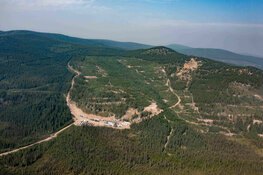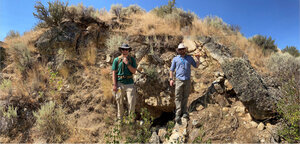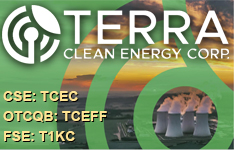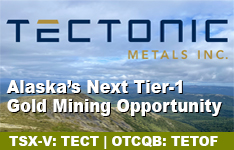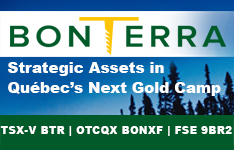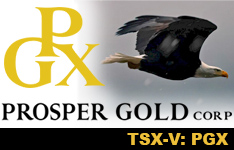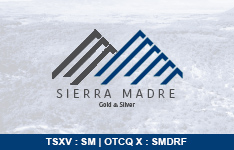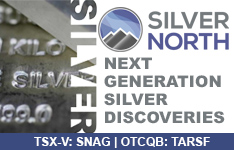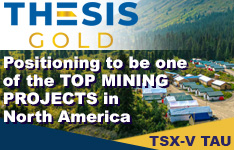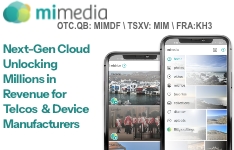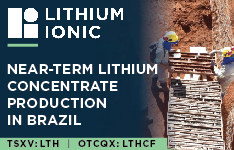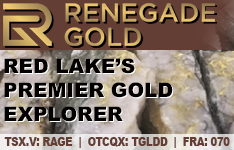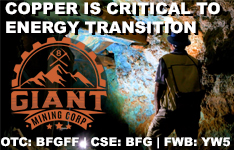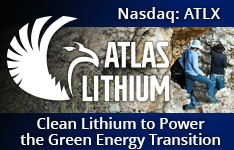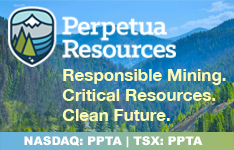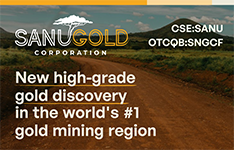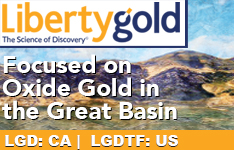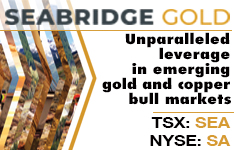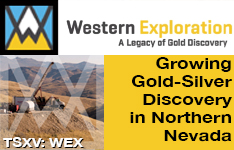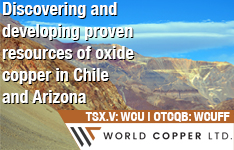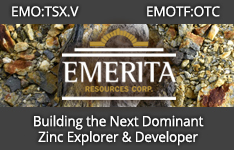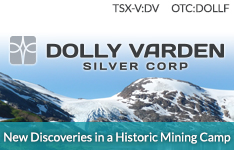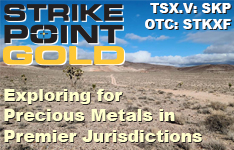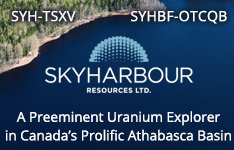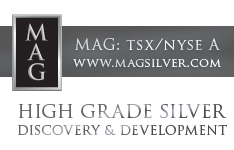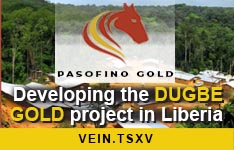Last week, I wrote about the project generation business model and why I think it's the most prudent way to speculate in mineral exploration. Remember, project generators reduce the downside risk of exploration by giving up some of the upside.
A risk trade that I'll gladly do every time!
This week, I want to delve deeper into how to differentiate between the various project generation companies. They aren't all created equal, and I don't think it's smart to try to buy them all. This is where honing your stock-picking skills comes into play.
Let me give you a few points to ponder. . .
First, it starts with the people.
As with any business, not just mineral explorers, the people mean everything. You must identify people whose skill set and experience match what they are currently doing. For example, the majority of the Kenorland Minerals Ltd. (KLD:TSX.V; KLDCF:OTCMKTS; 3WQO:FSE) exploration team cut their teeth with Newmont Corp. (NEM:NYSE).
For those who don't know, Newmont is known for its geochemical mineral exploration strategies, such as BLEG sampling. Not only this, but CEO Zach Flood and former VP Ex Francis MacDonald both worked in Nunavut on Sabina Gold's Back River project.
Undercover, geochemical-focused gold exploration is in their blood.
Fast forward to 2020, and Kenroland makes the undercover Regnault gold discovery in northern Quebec using Sumitomo Corp.'s (8053:TKY; SSUMF:OTCPK) money. It's the shining example of the project generation business model and the point I'm trying to make about the people. Match experience and success with their current focus — it just makes sense.
Second, it's all about size.
Size matters a lot in mineral exploration. Look for big properties consisting of large land packages exceeding 5000 ha, with big structures that have never been drilled that are near other large known mineral endowments.
Again, parlaying this to Kenorland's Regnault discovery.
The Frotet land package was staked because of its proximity to the Troulis project, which is home to a massive low-grade gold and copper deposit. The idea is that it took enormous amounts of thermal fluid flow to create these large known systems.
If you can identify large swaths of ground with the right rocks, perhaps those mineralizing events could be present to some degree on your property, too.
Outside of the obvious "closeology" marketing ploy, there is much to be said about the geological significance of employing this tactic. Good exploration teams look for land to stake with this in mind.
Another good example of this mindset is Inflection Resources (AUCU:CSE). Inflection utilized this big thinking model in their staking within Australia's Macquarie Arc.
The Macquarie Arc is home to the Lachlan Fold Belt which has some of the world's richest copper-gold porphyry systems — Newmont's Cadia mine, Evolution Mining's Cowal and Northparkes mines. Inflection staked over a 7000 square kilometer land package within the belt and attracted AngloGold Ashanti Ltd. (AU:NYSE; ANG:JSE; AGG:ASX; AGD:LSE) as a joint venture (JV) partner.
From Inflection's perspective, their JV agreement is arguably the best I have seen between a junior and a senior mining company. Just this week, we may have glimpsed their first sniff of real success with the assays from their Phase 1 Trangie project.
While the intercept may not be the headliner that the market would like, to me, it shows great promise of what may lie beneath — I highly suggest checking it out.
In my view, Inflection Resources is one to watch in the coming months as they return to Trangie to follow up on this potential new discovery.
Next, if the large land package has been regionally explored, have they identified a large anomaly or target?
Personally, I give preference to large geochemical targets over geophysical ones. In my view, geochemical anomalies are actual evidence of a mineralized system, while geophysical anomalies have more ambiguity.
Finally, where the project is located is really important, especially these days. Politics is a ubiquitous risk to your portfolio. That said, some regions of the world are a little better than others.
To me, it makes sense to focus on the best jurisdictions where the rule of law and ownership have been clearly established. Right now, the companies I'm invested in have projects in Canada, Nevada, Australia, Japan and Finland. To me, these are the best of the best locales.
Putting it all together, remember, it isn't only you that is looking for this criteria, it's also the senior mining companies. They are the ones that will be JVing these projects and sinking millions of dollars into the ground in hopes of making a new big discovery.
Big is the key point, senior mining companies have to make big discoveries to make discernible differences to their production profiles.
Rick Rule has a great adage for this; he says, and I'm paraphrasing, "Big mines have the same risks as small ones, but small ones can't make you big money."
It's so true and is reflected in the deals that the senior mining companies get involved in.
The main takeaway this week is that project generation companies offer tremendous upside if you know how to assess their potential. In the weeks ahead, I will give you more factors to consider as you hone your process for picking junior mining companies.
Plus, I'll add in a few companies that I'm invested in for your consideration.
Stay tuned!
Until next time.
| Want to be the first to know about interesting Base Metals and Critical Metals investment ideas? Sign up to receive the FREE Streetwise Reports' newsletter. | Subscribe |
Important Disclosures:
- Brian Leni: I, or members of my immediate household or family, own securities of: Kenorland Minerals Ltd. and Inflection Resources. I determined which companies would be included in this article based on my research and understanding of the sector.
- Statements and opinions expressed are the opinions of the author and not of Streetwise Reports, Street Smart, or their officers. The author is wholly responsible for the accuracy of the statements. Streetwise Reports was not paid by the author to publish or syndicate this article. Streetwise Reports requires contributing authors to disclose any shareholdings in, or economic relationships with, companies that they write about. Any disclosures from the author can be found below. Streetwise Reports relies upon the authors to accurately provide this information and Streetwise Reports has no means of verifying its accuracy.
- This article does not constitute investment advice and is not a solicitation for any investment. Streetwise Reports does not render general or specific investment advice and the information on Streetwise Reports should not be considered a recommendation to buy or sell any security. Each reader is encouraged to consult with his or her personal financial adviser and perform their own comprehensive investment research. By opening this page, each reader accepts and agrees to Streetwise Reports' terms of use and full legal disclaimer. Streetwise Reports does not endorse or recommend the business, products, services or securities of any company.
For additional disclosures, please click here.



